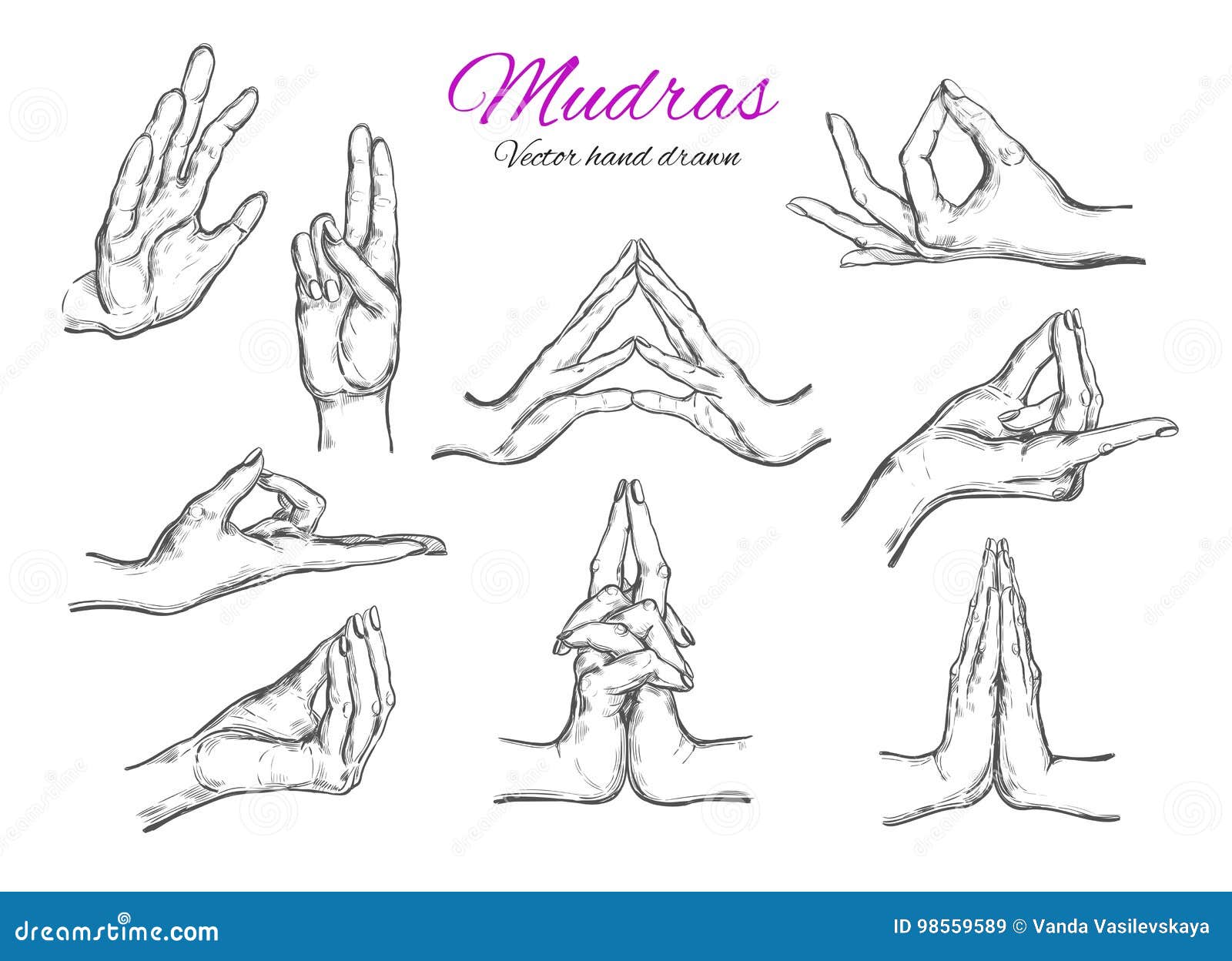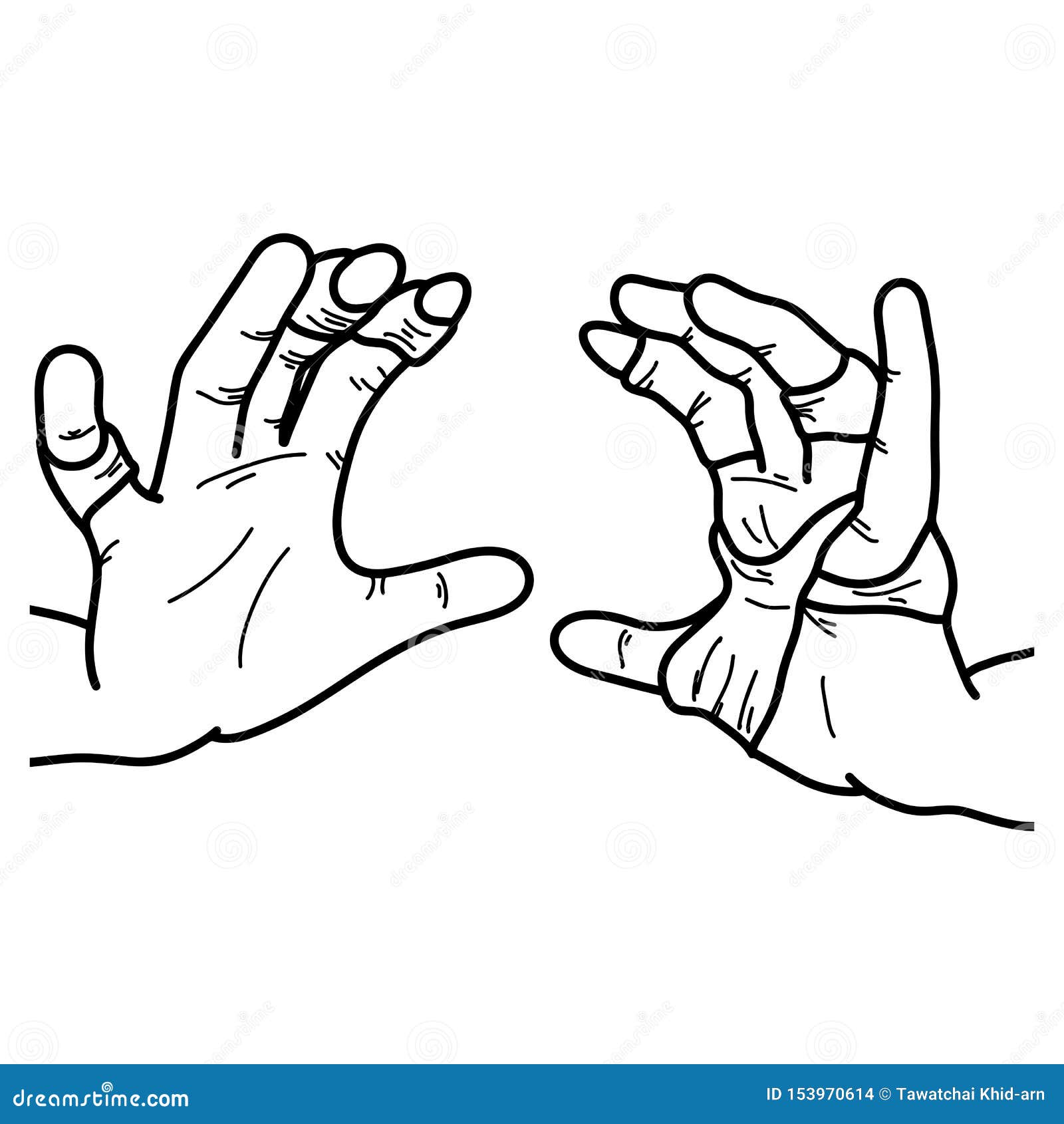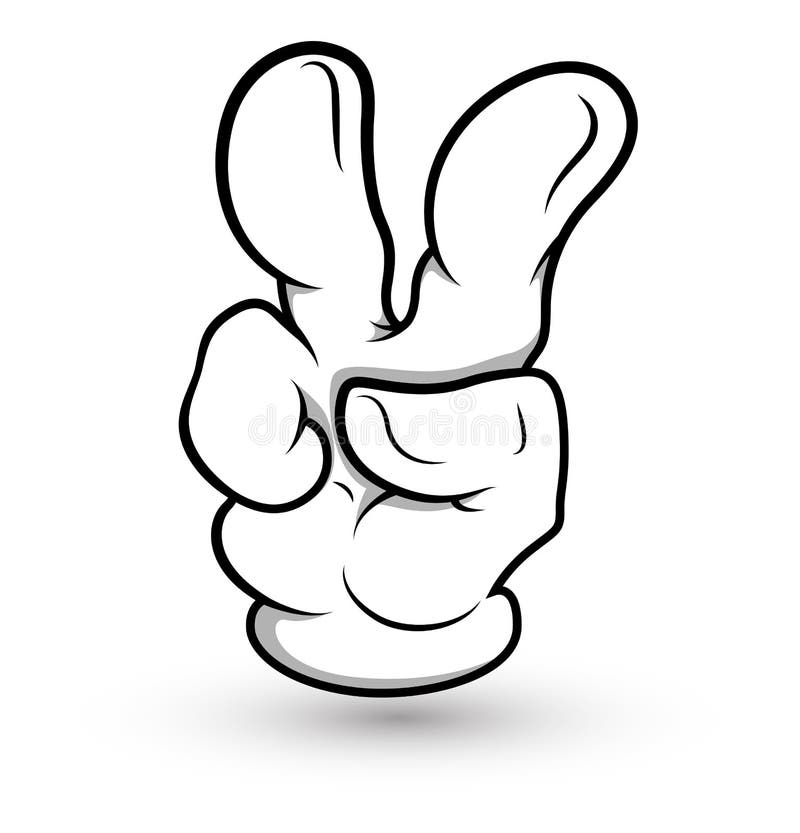

The closer that they resemble each other, the better. After finding a good reference, now take a photo or find a photo online that matches the same pose and perspective of the comic art. Now that’s efficient!īefore you begin, you need to find a piece of comic art and that you want to emulate to some degree. It’s really just setting yourself up with perfect reference so to learn both at the same time. It combines doing master studies, where you learn from great artists, and doing life drawing where you learn from real life. While there are many ways to “git gud” at comic art, here’s the best way to learn that I’ve discovered.
#2 CLOSED HANDS DRAWING HOW TO#
I’ve already presented some really cool techniques and how to go about constructing hands, but now it’s time to practice. These simple shapes are more easily read by the viewer and will certainly improve readability in comics. Notice how he aligns the contours of fingers together to create a more simple shape. Simplify the Silhouette - Again, this technique is a staple for almost all artists but some just do it better. Instead, use a nice flowing line that widens around the finger pad and tapers at the end. Some positions of the hand just look more attractive if you don’t draw the last end joint on the fingers. Maybe add a bit of this technique to your work.Įxclude the End Joint - Here I am using Jim Lee as an example but this technique is quite popular. The contours tend to have a nice squarish shape that is easy on the eyes. Greg Capullo’s Flat Fingers - Pay attention to how Greg really uses the planes of the fingers and exaggerates the thickness of each finger. With a little practice, you can utilize this technique for yourself. And one key part of it is to use chunky doggy bone shapes for the top sides of the fingers. He uses an exaggerated, Asian infused style to his hand anatomy. Great, let’s move on to the fingers themselves.Īlvin Lee’s Doggy Bones - When I took Alvin Lees Comic Portfolio online course many years ago, this is one of the first things I noticed about his art. If you draw a circle around them, it somewhat resembles peas in a pod, (or at least that’s what Alvin Lee would say). These circles are not drawn in a straight line but in a curved grouping. On this same side, you can see I’ve drawn some circles that represent the places where the fingers would branch out. Take a minute again to notice how you can see the webbing of the palm when looking at your hand from the top view. The bottom edge extends farther than the knuckles. That’s because the bottom of the palm and the top of the hand are not identical. This small factor is actually very useful to remember. Secondly, notice how the bottom edge of the cube is wider than the top edge. This enables us to pick things up much easier. It is raised because the hand is curved slightly. In fact, this division aligns with the middle finger bones. (By the way, this shape is taken from Michael Hampton’s Figure Drawing book.)įirst off, notice how this cube shape’s division line is off-center and raised slightly. There are two things that I want to be very clear here and both explain why we use a shape like this to start with. Drawing a volume like this will take some knowledge of perspective so maybe even draw in a ground plane grid as I have here. It’s basically a warped cube with a division line. In this graphic, you can clearly see that this shape is pretty simple. For now, let’s keep it simple and look at it orthographically in the top view. Not only do they have multiple functions but they can contort and bend for even more utility. Our hands may seem simple but they are really complex organic machines.


Lastly, I will discuss how comic artists stylize hands and my special way to study from the masters. Then, I will walk you through a step-by-step process for actually drawing a hand. First, we will run through the structure and anatomy of the hand. Here’s the breakdown of how this tutorial will flow. And just like most challenges, it’ll be great fun. Ultimately, I want you to get excited by the challenge of drawing hands instead of be intimidated. The goal with this tutorial is to simply guide you in getting a grasp of the hand's forms and help you learn how to draw them in practice. Even non-artists know how tremendous the task is. For anyone who has struggled with drawing hands (which is pretty much everyone), we’ve made this tutorial for you.


 0 kommentar(er)
0 kommentar(er)
